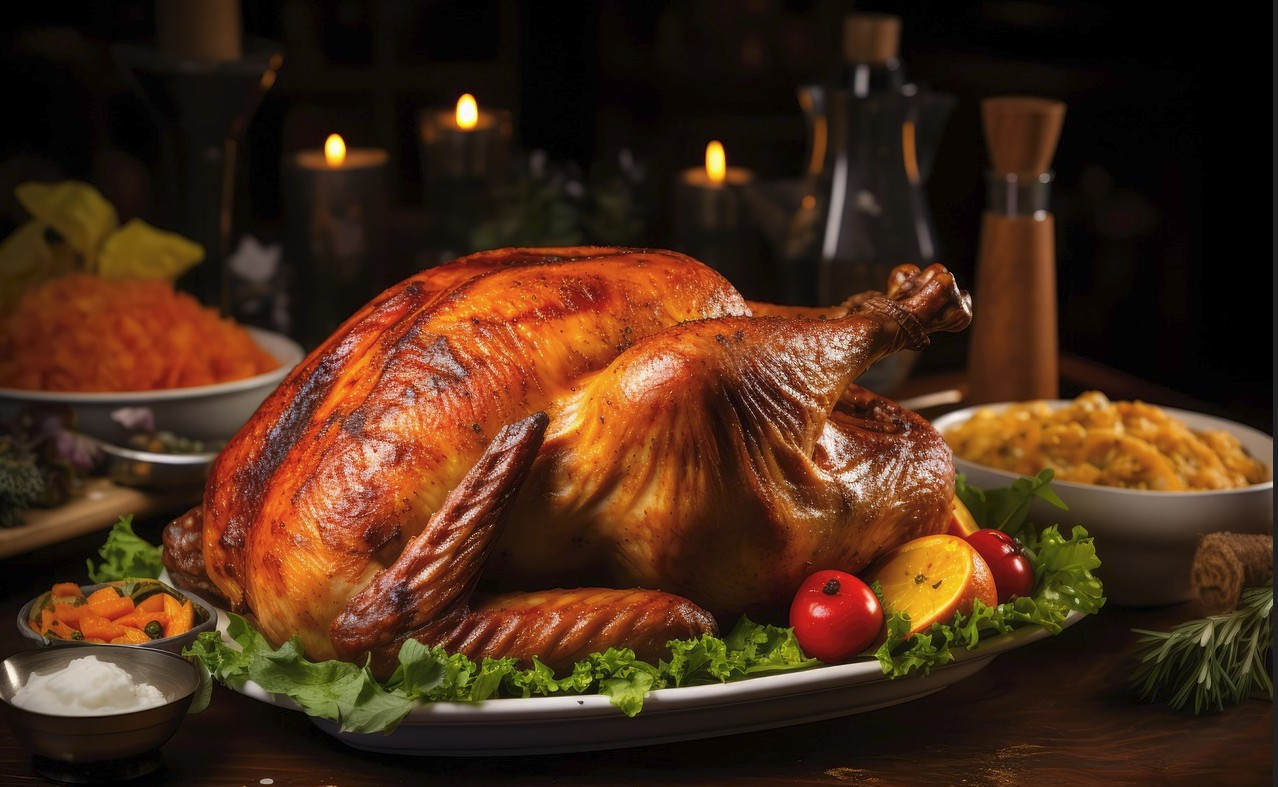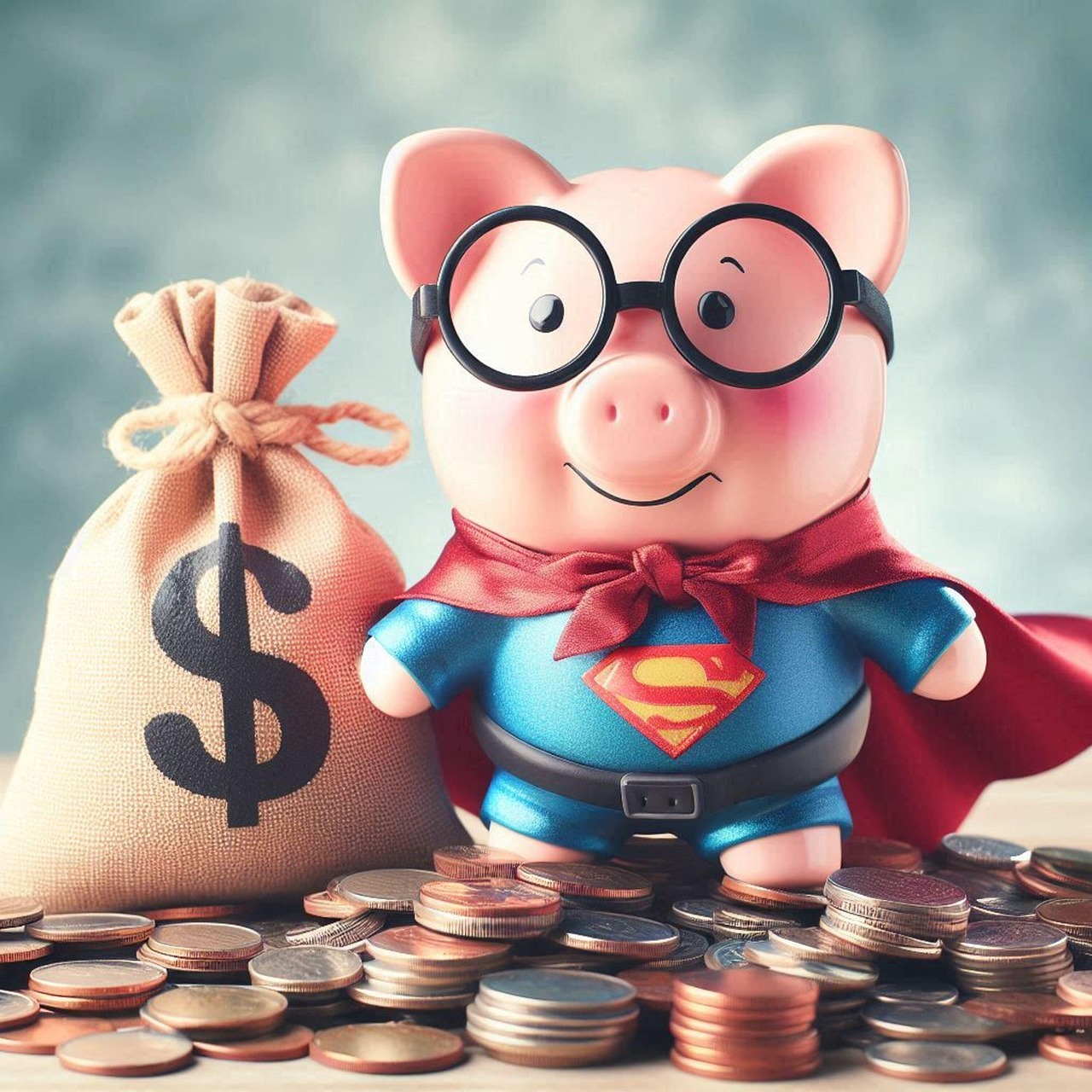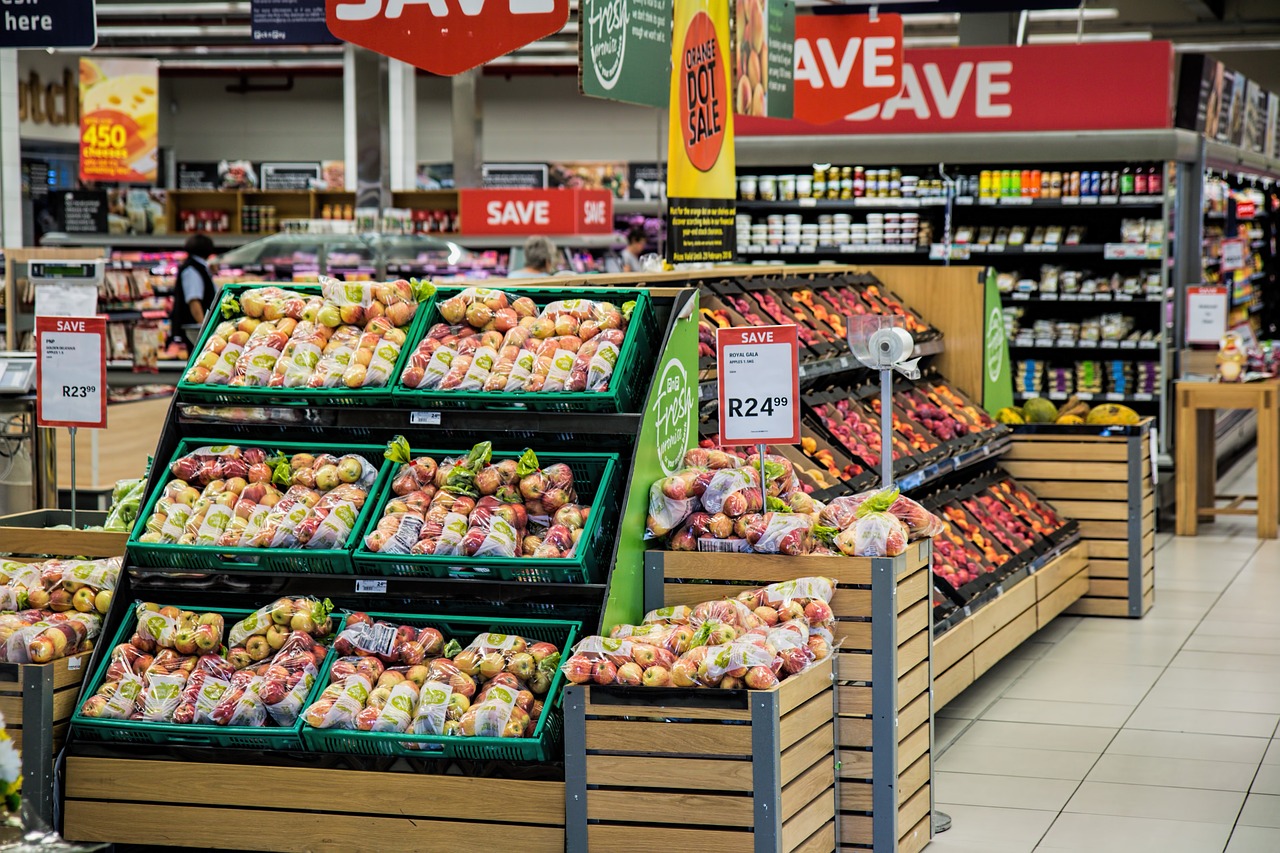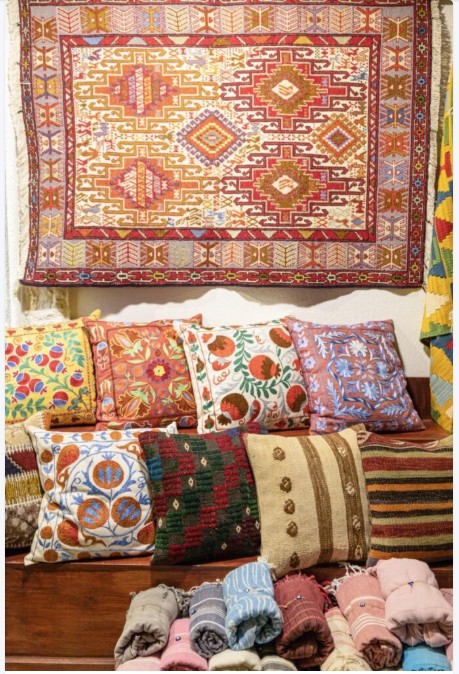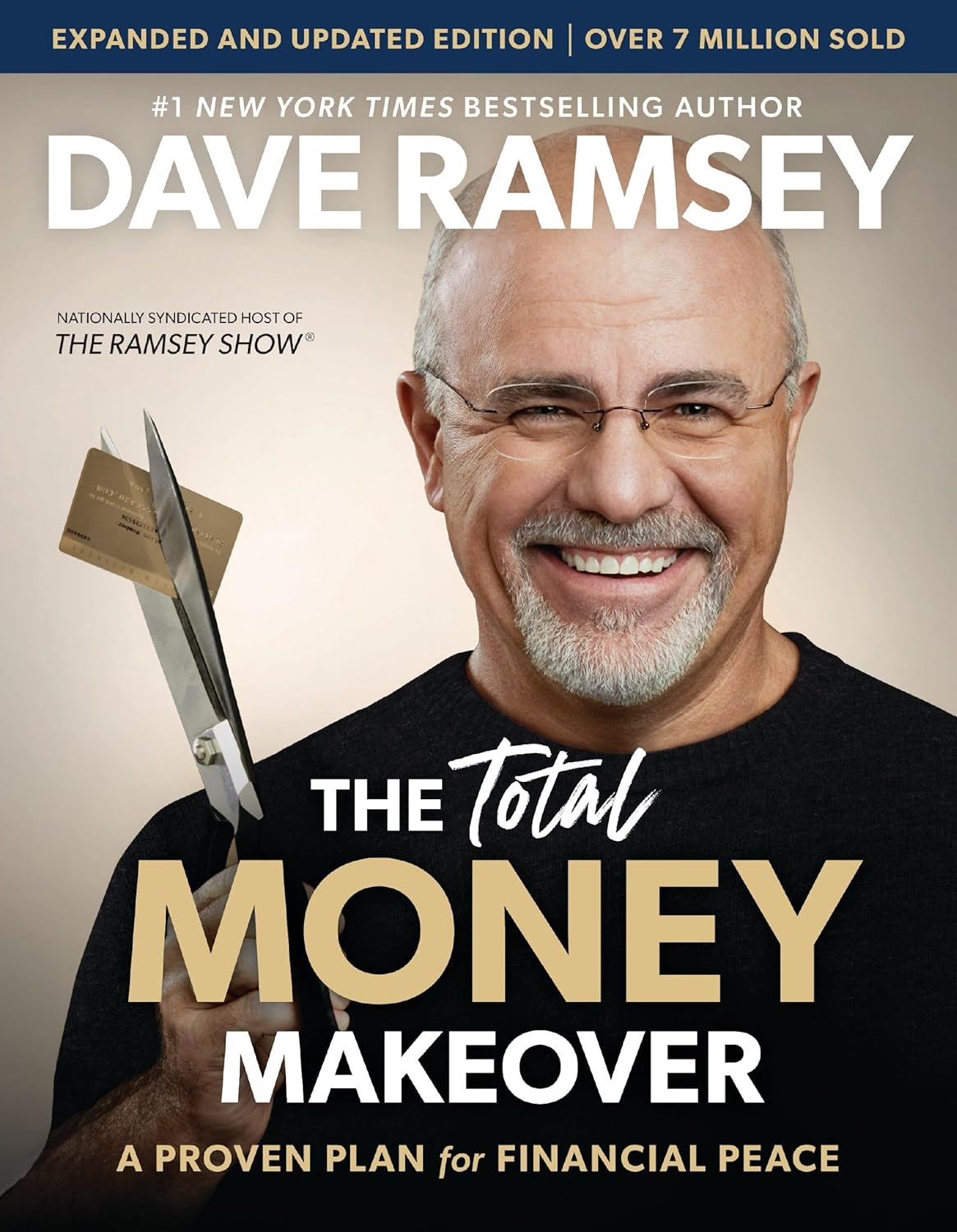Life is full of small spending decisions that add up faster than we want to admit. Sometimes, opening your wallet now can mean you’ll keep it closed much more in the future. We’re talking about those unsung household heroes that quietly pay for themselves, often in ways you don’t notice right away. Investing in the right items gives you more value for your dollar, helps the environment, and saves you headaches down the line. If you’re looking for ways to spend less over the years, save money every year with 11 simple purchases that might surprise you.

Smart Household Investments to Save Money: Save Money Every Year With 11 Simple Purchases
Small Spatula (Don’t Waste a Drop!)
Have you ever tossed a jar in the trash, certain it’s empty, only to scrape out a meal’s worth of ketchup or almond butter after a second look? Here’s where a small spatula steps in. This simple tool pulls almost every last bit of food from jars, bottles, and cans.
A friend once joked that her spatula “pays for itself twice a month.” She wasn’t wrong. Over a year, you might recover an extra jar or two of peanut butter, salad dressing, or yogurt just by using this tiny tool. For a couple of dollars, it’s like giving yourself free groceries, one swipe at a time.
Drying Rack or Clothesline (Slay the Utility Bill)
Dryers account for a significant chunk of a household’s electricity use. Tumble drying might be fast, but air drying saves you money and makes your clothes last longer.
A sturdy drying rack costs about as much as a single month’s extra electricity from running your dryer. Hang your laundry outside or use a folding rack inside. Not only will your clothing fabrics hold up better, but you’ll also see a steady drop in your utility bill. Your wallet and your favorite jeans will thank you.

Hair Clippers (Cut the Barber Out)
Take a look at the price of a basic haircut. Now multiply that by the number of family members who need regular trims. Hair clippers can pay for themselves after only two or three haircuts, especially for those with simple hairstyles.
If you’re anxious about messing up, try watching a couple of YouTube tutorials. With a little patience, you’ll get the hang of it. Clippers last for years with proper care, so the savings only grow. A neighbor of mine reckons he’s saved close to $500 a year on haircuts for himself and his sons. Not bad for a $30 investment.
Energy-Efficient Appliances (Watch Your Energy Bills Shrink)
Older appliances are power-hungry beasts. Newer models with high energy ratings use much less electricity and water, so you spend less every month.
Switching to an ENERGY STAR-rated refrigerator, dishwasher, or washing machine can shave hundreds off your yearly utility costs. Yes, the upfront cost is higher, but the payback happens faster than you’d think. Over the lifespan of an appliance, the savings can add up to thousands.
When replacing appliances, look for the yellow energy guide tags. Compare estimated annual energy use. Those numbers matter. The less power it uses, the longer your savings last.

Reusable K-Cups (Keep the Coffee, Cut the Cost)
Keurig owners know the appeal of a quick cup of coffee, but single-use pods get pricey. Enter reusable K-Cups.
Pop in your own ground coffee and stop tossing plastic pods daily. Think about it: a $6 bag of coffee makes roughly 25 cups. That’s about 24 cents per cup, compared to pods that often cost 50 cents or more. Making the switch can save you well over $100 a year if you drink coffee daily. Plus, it keeps heaps of plastic out of landfills.
Produce Saver Containers (Stop Wasting Fresh Food)
Few things are worse than spending good money on produce only for it to spoil before you can use it. Produce saver containers help keep fruits and veggies fresh longer by controlling humidity and airflow.
A set of these costs around $20 but can pay for itself in a month or two simply by reducing spoilage. If you’ve ever opened your fridge to a sad, wilted bunch of spinach, you know how painful waste feels. These containers aren’t magic, but they give your groceries a fighting chance.
Low-Flow Toilet (Flush Away Less Cash)
Toilets guzzle more water than you’d suspect. A household switching from a standard to a low-flow toilet can save over $100 a year on water bills, according to some estimates.
The best part? Most people can install these themselves with basic tools. A good model lasts for years and reduces your environmental footprint. This is the sort of upgrade that quietly makes your monthly bills a little less daunting.
Cell Phone Case (Protect What Matters)
Skipping a phone case feels like saving money—until you drop your phone and face a repair bill or, worse, have to replace the whole thing. I’ve been there. One bad fall and the screen shattered. The repair cost more than a dozen sturdy cases.
A good phone case doesn’t just protect against drops. It shields your device from scratches, dust, and daily wear. For $15 to $30, you’re buying peace of mind and saving yourself from hefty, unexpected costs.

Rechargeable Battery Charger (Power Up and Reuse)
If your household uses a lot of battery-powered devices, you know how quickly dead batteries pile up. Rechargeable batteries, combined with a reliable charger, switch the script.
A set of rechargeable batteries with a charger runs about $15. You can reuse the same batteries hundreds of times. Over a year, that’s a small fraction of what you’d spend on disposables, not to mention the reduction in waste. Kid toys, remotes, flashlights—all run happily on rechargeables.
LED Lighting and Smart Thermostats (Light Up Savings)
Traditional bulbs and manual thermostats are money drains. Switching to LED bulbs cuts lighting costs by up to 80 percent. Each bulb lasts years, so you’re not running to the store all the time.
Smart thermostats, meanwhile, optimize heating and cooling schedules. Set them to adjust temps when you’re away or asleep. The result: lower utility bills without sacrificing comfort.
Together, these upgrades can save hundreds per year, all while making your home feel more modern and connected.

Reusable Products and Kitchen Tools (Buy Once, Use Often)
Consider the humble water bottle. One reusable version saves you from buying case after case of bottled water. Opt for a set of glass or sturdy plastic food containers, and you’ll quit buying plastic wrap and sandwich bags every month.
Other reusable kitchen tools, like stainless steel coffee filters and silicone baking mats, skip the need for wasteful single-use products. A cast iron skillet, for example, costs more upfront than a basic nonstick pan, but it’ll probably outlast every other pan you own.
Smart reusable products to consider:
- Water bottles
- Lunch bags
- Food storage containers
- Coffee filters
- Beeswax wraps
- Cast iron pans
Saving isn’t always about finding deals—sometimes, it’s about buying the right thing once.
Spending money on certain items upfront can set you up for steady savings year after year. Thoughtful purchases, from small spatulas to major appliances, add up to serious value over time. If you’re trying to maximize every dollar, start by looking at where your money quietly trickles away.
Take a few minutes to think about your habits and what tends to break, get thrown away, or cost more than it should. A little strategic shopping now can mean less waste, lower bills, and a happier wallet next year. What will you invest in first? You might be surprised at how much you’ll save.

Thrifty Decorating Ideas for Tight Budgets That Still Look Great
200 Frugal Living Tips for Busy People
Living Below Your Means: The Secret to Long-Term Wealth
40 Brilliant Frugal Living Tips from the Great Depression
Easy Ways to Cut Food Waste at Home [Money-Saving Guide]






